Solar marketplace operator EnergySage, which provides quotes and estimates for rooftop solar, released an overview of the top solar panel brands on its marketplace based on various criteria.
The company weighted its rankings based on performance, including panel efficiency, output per square foot and temperature coefficient. It also assessed product warranty, including power and product warranty lengths and additional criteria related to labor, shipping, and more. EnergySage assessed the durability of panels, including their ability to withstand wind load, snow load, advanced certification, and PVEL top performer tests, as well as manufacturing ISO certifications. Read more about the ranking methodology here.
EnergySage said the top brands that emerged based on these specifications included Maxeon, REC, Panasonic, Canadian Solar, and Jinko Solar.
The company also broke out top-performers based on specific desired outcomes for the customer:
Best efficiency: Maxeon Solar Technologies
$3.05 per watt, 22.28% efficiency, and 40-year performance and product warranty.
Best performance per penny: Summit Energy via REC Group
$2.49 per watt, 22.2% efficiency, 25-year product warranty
Best for warm climates: Panasonic Evervolt
$2.69 per watt, 22.2% efficiency, 25-year performance and product warranty
Best-ranking temperature coefficient of -0.24% per degree Celsius
Powerful output: Canadian Solar
$2.73 per watt, 22% efficiency, 30-year performance and 25-year product warranty
TOPHiKu6 panel model is rated at 450 watts
| Brand | Energysage Score | Category |
| Maxeon 6 440 W | 100/100 | Best efficiency |
| REC Alpha Pure 410AA | 94/100 | Best performance per penny |
| Panasonic Evervolt 430 HK2 | 88/100 | Best for warm climates |
| Canadian Solar TOPHiKu6 450 W | 88/100 | Powerful output |
| Jinko Solar Tiger Neo 440 W | 85/100 | Competitive efficiency |
EnergySage said the average 11 kW solar panel system costs about $20,552 after federal tax credits. It said the best way to ensure you are getting good value for your solar array is by dividing the panel’s output by square foot (W/sq. Ft) by its cost per watt ($/W). The higher the value, the power per dollar spent you can expect.
The average cost-per-watt across the United States is $2.56 per watt before incentives, based on EnergySage data. Costs have fallen considerably, as ten years ago average installation costs were about $3.36 per watt, according to data from the National Renewable Energy Laboratory (NREL). In the meantime, utility electric rates have increased precipitously, meaning each year that a ratepayer waits to pay solar is another year of missing out on savings.
Based on current utility-provided electricity rates and expected annual rate increases, systems installed today are expected to on average have a 7.1 year payback or return on investment.
“We recommend buying your solar panels outright or financing them with a loan when possible. However, if you can’t afford the upfront cost or prefer not to take out a loan, a lease or power purchase agreement (PPA) is another option to consider. Paying in cash is usually the best financial choice, as it leads to greater long-term savings. But if you don’t have the cash on hand or don’t have a tax bill to take advantage of the 30% federal solar tax credit, a lease or PPA can be a good alternative,” said Alix Langone, senior research analyst at EnergySage.
This content is protected by copyright and may not be reused. If you want to cooperate with us and would like to reuse some of our content, please contact: editors@pv-magazine.com.
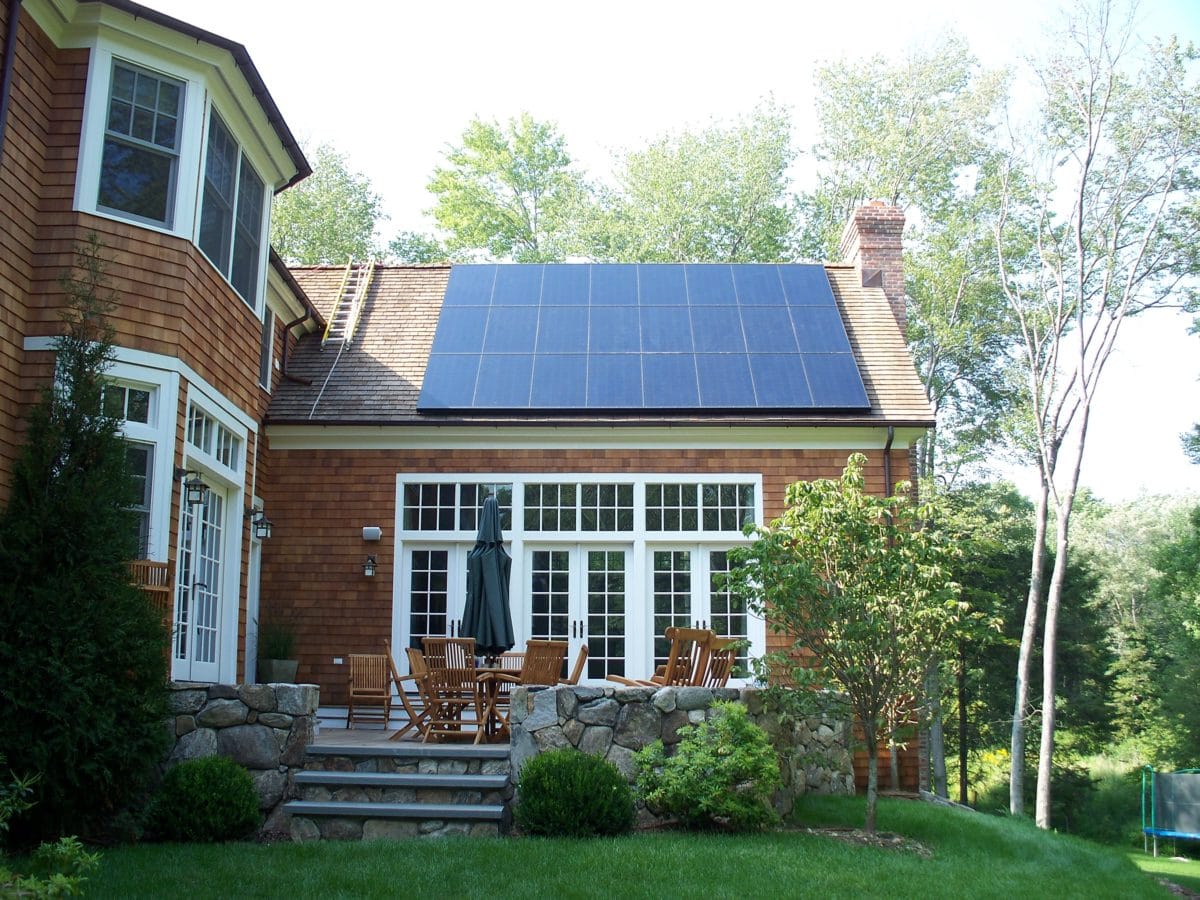
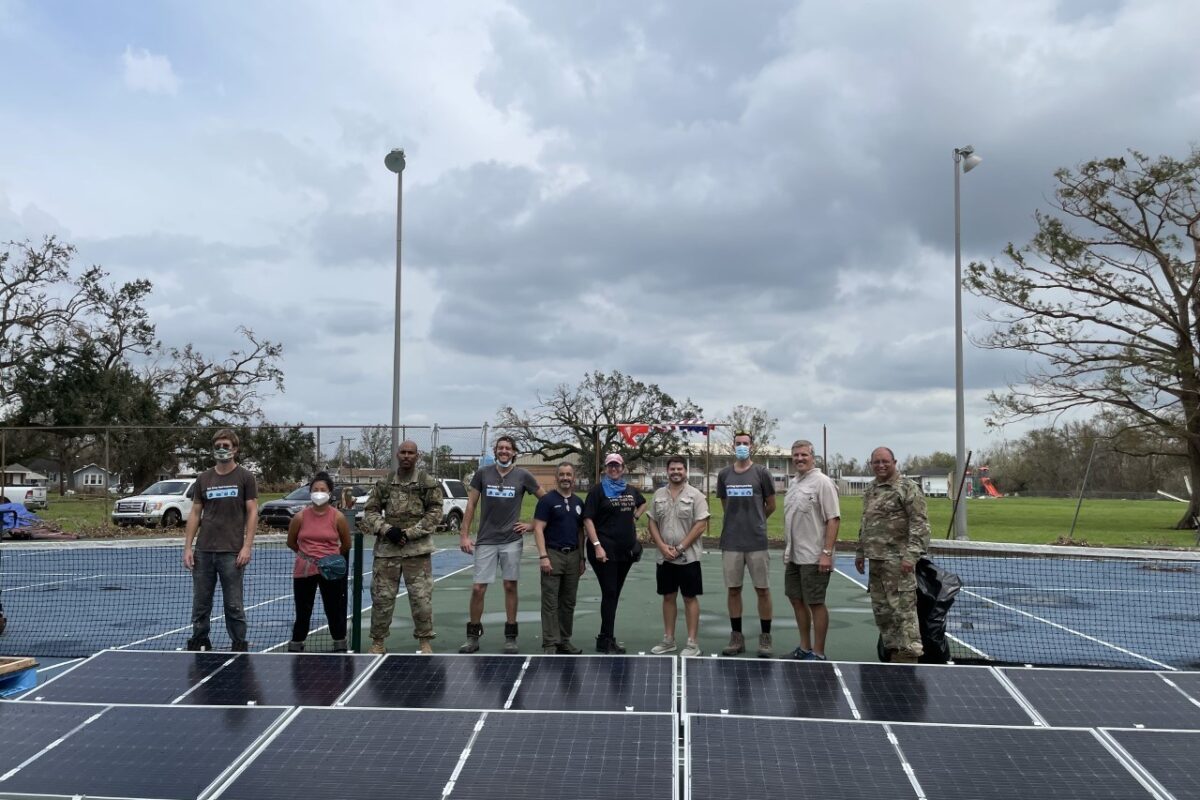



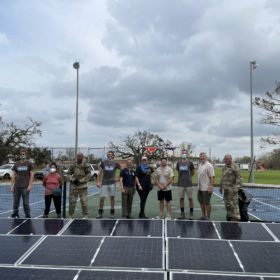
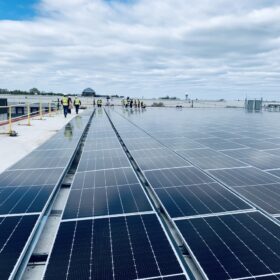
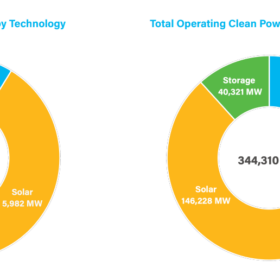
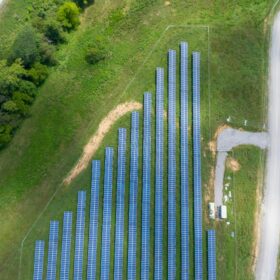
It would be curious to offer ratings for the most environmentally tough solar modules — those that can withstand large hail and high winds. Nowadays, that information could certainly command premium prices. As the solar modules get bigger, their frames seem so wimpy – ~30mm; the older, smaller modules had 50mm (2″) thick frames and certainly seemed much stronger to withstand a tough physical environment.
I was disappointed to see PV Magazine conclude its article with such a superficial analysis of solar, particularly in quoting Alix Langone, Sr. Analyst for Sage. As a senior solar professional—formerly a regional sales manager and now a business owner in solar and storage in Northern California—I can say with certainty that evaluating solar based solely on price per watt is one of the worst approaches, especially in California, where battery storage is often mandated.
Paying cash and owning a system outright completely overlooks significant risks associated with rooftop solar. For example, if a manufacturer goes out of business, your system’s warranty could become void, and the same applies if your contractor shuts down. Additionally, long-term maintenance and component replacement costs—such as batteries and inverters, which typically have 10-12 years warranties while the system itself is designed to last 25 years—must be factored in.
From a financial perspective, alternative uses of capital and loan costs should also be considered. In many cases, a PPA (Power Purchase Agreement) can provide far greater value than an outright purchase. Simply focusing on price per watt may lead to securing the “cheapest deal ” on day one. However, consider the Lifetime cost of ownership; it will usually be the riskiest and the most expensive. There are way more factors to consider before jumping to the conclusion that the cheapest is the best option or yields the highest return.